
Catch up on the top radiology content of the past week.

Catch up on the top radiology content of the past week.
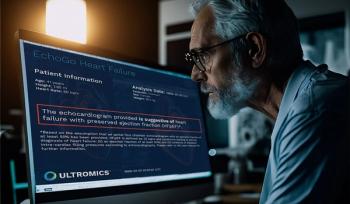
In what may represent the first CMS approval of a new technology add-on payment (NTAP) for an artificial intelligence (AI)-based heart failure detection platform, use of the EchoGo Heart Failure system will be eligible for up to $1,023.75 in NTAP reimbursement per acute hospital in-patient stay as of October 1, 2023.
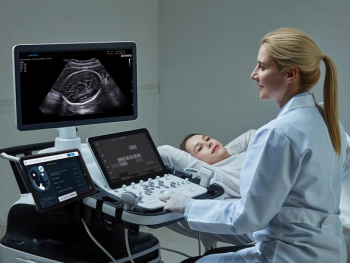
With reported performance validation on over 17,000 ultrasound images, Sonio Detect employs artificial intelligence (AI) to help ensure quality criteria for fetal ultrasound imaging of the brain and heart.

Catch up on the top AI-related news and research from the past month.

Catch up on the top radiology news of the past week.
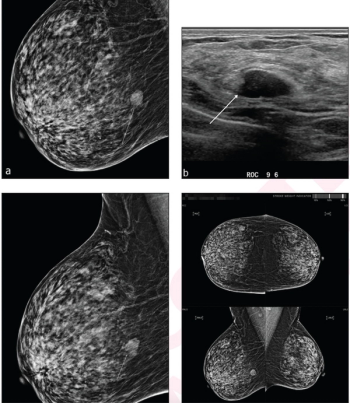
In a study of over 1.300 women with dense breasts, the combination of mammography and ultrasound had a recall rate of 11.7 percent, a specificity rate of 89.1 percent and an accuracy rate of 89.2 percent in comparison to a 21.4 percent recall rate, 79.4 percent specificity and 79.5 percent accuracy for the combination of mammography, ultrasound, and artificial intelligence (AI).

Indicated for use in two-dimensional transthoracic echocardiography (2D-TTE) in adults, the AI Guidance software reportedly enables novice ultrasound users to obtain real-time cardiac imaging at the point of care.
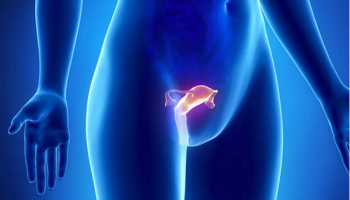
The newly FDA-cleared Fibroid Mapping Reviewer Application, which allows the creation of 3D uterus models from ultrasound images, reportedly facilitates diagnosis and interventional procedures for patients with uterine fibroids.

The notion of non-physician practitioners (NPPs) attempting to do radiologist-level work is a very slippery slope and what this author refers to as the “bargaining” stage of grief.

Catch up on the top radiology content of the past week.
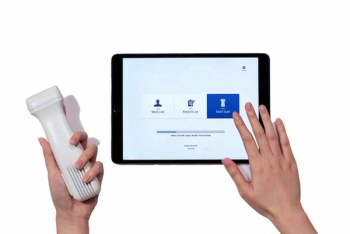
Optimized for musculoskeletal assessment, needle guidance and vascular access, the PocketPro H2 wireless ultrasound unit reportedly provides 90 minutes of high-quality continuous scanning for point-of-care applications.

Noting recent double-digit increases in health-care associated infections (HAIs) and potential vulnerabilities in radiology departments, this author emphasizes proactive preventive measures to protect patients and staff.

In a retrospective review of over 110 million imaging claims for patients with commercial insurance or Medicare Advantage, researchers noted key trends signaling significant increases in imaging billed by non-physician practitioners (NPPs).

Catch up on the top radiology content of the past week.
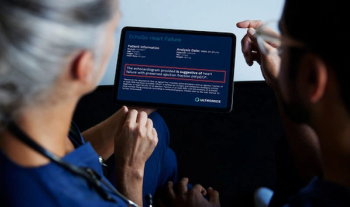
An artificial intelligence (AI)-enabled platform that can reportedly diagnose heart failure with preserved ejection fraction (HFpEF) through analysis of a single echocardiogram view, the EchoGo Heart Failure now has a HCPCS code for use of the technology in outpatient settings for Medicare beneficiaries.
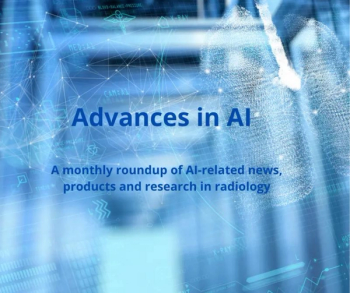
Catch up on the top AI-related news and research from the past month.
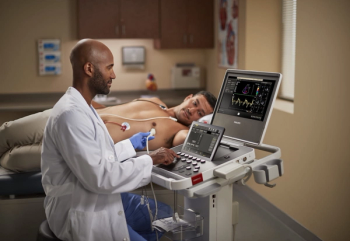
The new portable ultrasound device, which is being showcased at the American Society of Echocardiography (ASE) conference, offers enhanced cardiac imaging as well as shared transducer interoperability and workflows with existing EPIQ CVx and Affiniti CVx ultrasound systems.

Catch up on the top radiology content of the past week.

In a recent video interview, Stephen Rose, M.D., reviewed a variety of factors that can impact interpretation of breast imaging for women with breast implants and discussed recent research showing a 22 percent reduction in cancer detection rate for this population in comparison to women without breast implants.
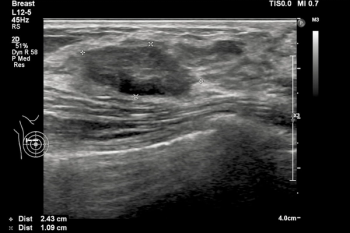
In a new study involving over 400,000 women, researchers found that ultrasound screening was performed for 95.3 percent of women with dense breasts but only 21.7 percent of women with a first-degree family history of breast cancer.

Catch up on the top radiology content of the past week.
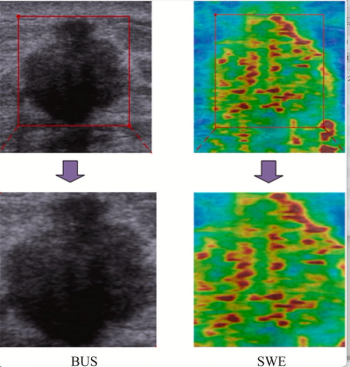
Researchers found that a deep convolutional neural network, incorporating B-mode ultrasound and shear wave elastography data, had nearly an 88 percent sensitivity rate for predicting neoadjuvant chemotherapy response in patients with breast cancer.
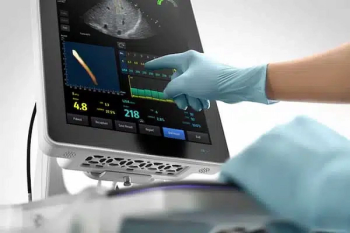
In order to facilitate optimal detection and assessment of liver fibrosis and steatosis, the newly launched Hepatus 6 Diagnostic Ultrasound System offers the capabilities of real-time two-dimensional ultrasound with visual transient elastography in one device.
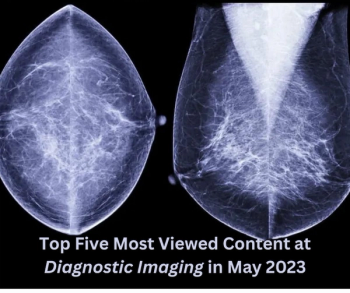
Catch up on the top five most viewed content at Diagnostic Imaging for the month of May 2023.

Catch up on the top AI-related news and research from the past month.